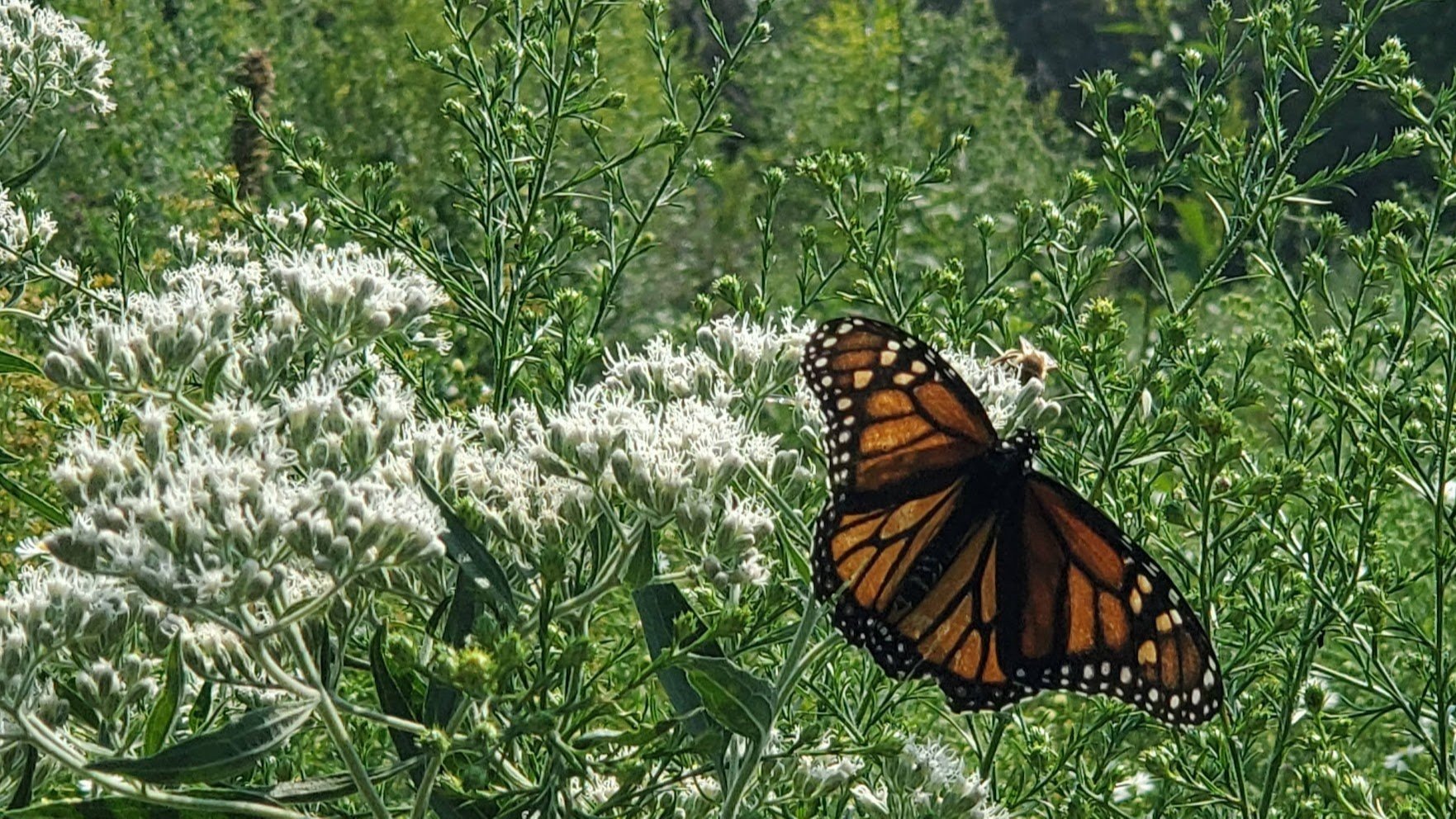What’s the Problem with Nighttime Light Pollution?
A lot of natural life happens in the early evening. Birds are feeding, mating, and migrating; pollinating insects are buzzing around, visiting flowers and getting eaten. Fireflies are blinking and chatting. All kinds of nighttime critters are just starting the day. How do they know it’s time to do this? BECAUSE IT’S GETTING DARK.
All plants and animals—including humans—are intimately affected by the natural cycles of light and dark. These cycles regulate our hormones and affect our growth, sleep, appetites, reproduction, movements and immune systems.
More than just a nuisance, nighttime light pollution is devastating to wildlife. It is also harmful to human health. Introducing 60-foot LED lights at Welles Park on a nearly regular basis in the spring, summer, and autumn would be deeply disruptive to the life cycles of the plants and animals that make Welles Park the beautiful green place that it is.
There is no species that is not affected by light pollution. A handful of examples:
BIRDS
Distracted or confused by nighttime lights, migrating birds may travel too early or too late, missing the right conditions for nesting and foraging.
Light pollution can interfere with birds’ life cycles, changing their reproductive development and moulting patterns.
There is even research showing that light pollution increases the levels of West Nile virus in house sparrows, which in turn increases the opportunity for mosquito infection.
POLLINATORS
In bees, nighttime lights interfere with the hormonal responses governing sleep patterns, behavior, and even flower selection.
LED light makes some flower colors look different (or even invisible) to pollinating insects, causing them to miss out on critical flower visits.
FIREFLIES
Nighttime LED lights interfere with fireflies’ ability to communicate with each other.
One study showed a 50% decrease in firefly flashes in the presence of other light.
TREES
Daily cycles of light and dark regulate the essential functions of a tree’s life cycle. Altering those cycles can affect
leaf development, shape, and pigment
autumn leaf fall and timing
root growth
winter dormancy
Some research suggests that nighttime light may even affect a tree’s ability to assimilate CO2.
HUMANS
Our own biological rhythms depend on the natural cycles of light and dark. A growing body of research shows that artificial nighttime light can put us at increased risk for
obesity
depression
sleep disorders
diabetes
breast cancer
Blue light, which is abundantly emitted by LEDs, is especially harmful.
Even here in our urban neighborhoods of Chicago, we are a part of nature. We depend on it for clean air, livable temperatures, flood control, and a healthy food web. Our choices have a huge effect on how well nature works or doesn’t work. Let’s be thoughtful and make sure we understand the impact of these choices before we act.
—Angela Bowman, Bowman Gardens Ecological Garden Design
For more on this topic:
“Starving for Darkness” by Jane Slade,
International Dark-Sky Association: www.darksky.org
Research: https://www.darksky.org/our-work/grassroots-advocacy/resources/research/
Dark sky advocacy: www.anatomyofnnight.com
About lighting pollution: https://myfwc.com/conservation/you-conserve/lighting/pollution/
Tell our public officials we need an environmental impact statement before we add 60-foot LED lights at Welles Park!
Ask Ald. Matt Martin if 60-foot LED lights at Welles Park align with the goals of his June ECOFEST.







